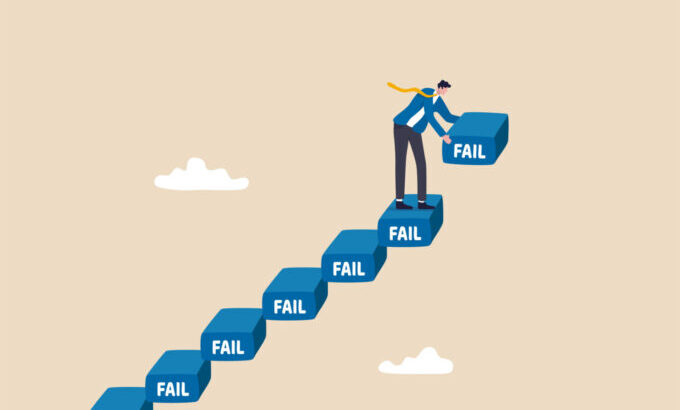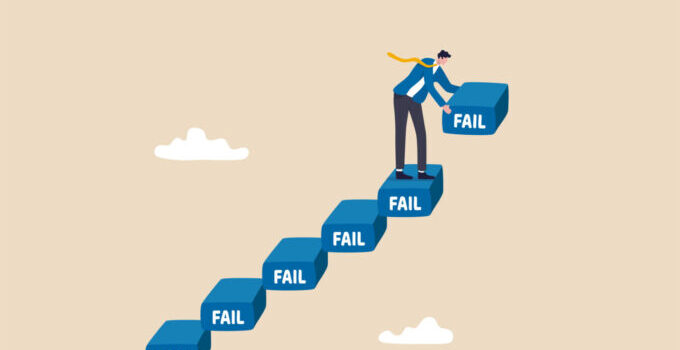Generating new ideas is more than just a useful skill; it’s a necessity in our fast-paced world. Ideas serve as the foundation for innovation, leading to new technologies, social changes, and improvements in quality of life.
The creative process is a sequence of steps that allows us to transform these ideas into practical solutions or groundbreaking innovations. This article will explore why generating ideas matters, how our brains contribute to creativity, and practical techniques to help you come up with your own game-changing concepts.
Why Generating Ideas Matters
Ideas are the backbone of innovation and progress. They lead to new technologies, methods, and fundamentally better ways of accomplishing tasks. Take the smartphone as an example. The idea behind it has not only revolutionized communication but has also significantly impacted our productivity, entertainment, and the way we conduct business.
But ideas don’t just fuel technological advancements. They are also critical for solving societal issues like healthcare inefficiencies, environmental conservation, and social injustice. When you generate an idea, you create a starting point for solutions to these complex problems.
Understanding Creativity

Source: solutionsandco.com
Creativity is the capacity to produce new, original ideas or solve problems in novel ways. It’s a crucial trait that’s applicable in diverse fields ranging from science to art. Many people think of creativity as something you’re born with, but this is a common misconception.
Research shows that creativity is more like a muscle—it can grow stronger with practice and application. In other words, everyone has the potential for creative thought; it’s just a matter of developing that potential.
The Brain and Creativity
The human brain is an intricate organ that plays a significant role in idea generation. Inside the brain, neural networks connect different pieces of information, memories, and skills. When these networks form new connections or strengthen existing ones, you come up with original ideas.
Neuroscientists believe that activities like daydreaming or even taking a walk can help facilitate these new connections. These seemingly mundane activities allow the brain to relax, which in turn helps it solve problems or generate ideas in unconventional ways.
Creativity vs. Innovation
Creativity and innovation are closely related, but they’re not the same thing. Creativity is about coming up with new and original ideas, while innovation is the process of taking those ideas and implementing them in a practical way.
For example, having a great idea for a novel is creative, but actually writing, publishing, and marketing the book is innovation. Both are necessary for progress and often depend on each other. You need creative ideas to fuel innovation, and innovation often opens the door for more creative thinking.
Techniques for Idea Generation

Source: linkedin.com
Generating ideas doesn’t have to be a random process. There are specific methods you can use to stimulate your creative thinking. Brainstorming is a well-known technique where a group of people throw out as many ideas as possible within a set time frame. Don’t worry about evaluating them at this stage; the goal is quantity over quality.
Mind mapping is another tool you can use. It involves drawing a central idea in the middle of a page and then connecting related thoughts, words, or concepts around it. Here, the visual representation helps you see new connections and possibilities. These are just starting points, and you can adapt these methods according to your needs.
Observing Your Environment
Your surroundings play a significant role in shaping your thought process. Ever wondered why some of your best ideas come when you’re in the shower or taking a walk? These environments allow your mind to wander, which leads to creative thinking.
Besides physical spaces, the people around you also influence your ability to generate ideas. Surrounding yourself with diverse perspectives and skill sets often results in more creative solutions to problems.
Solving Problems Creatively
Problem-solving isn’t just about applying existing knowledge; it’s a creative process that involves generating new solutions. Instead of looking at challenges as obstacles, view them as opportunities for creative thinking.
This shift in perspective opens up new avenues for solution generation. One strategy is to break down the problem into smaller parts and tackle each one independently. This way, you make the challenge more manageable and increase your chances of finding innovative solutions.
Embracing Failure

Source: veritusgroup.com
Failure is an integral part of the creative process. Not all ideas will be successful, and that’s okay. What’s important is to learn from these experiences. Failure often provides valuable insights that can lead to breakthroughs in your future endeavors. So the next time you hit a roadblock, instead of seeing it as a dead end, view it as a stepping stone towards a more refined and effective idea.
Cultivating a Creative Mindset
The mindset you adopt plays a crucial role in your ability to generate ideas. Traits like curiosity, resilience, and a willingness to take risks are essential for creative thinking. Cultivate these qualities and make them a part of your daily life. A curious mind questions the status quo and is always on the lookout for new ways to do things. Resilience helps you bounce back from failures, making it easier to take risks and explore unconventional solutions.
Real-World Applications
Real-world examples of successful inventions demonstrate the power of creative thinking. The Wright brothers, for example, changed the course of history with their idea of human flight. They faced numerous failures and setbacks, but their creative mindset helped them overcome these challenges and make their idea a reality. Click here to read more inspiring stories of how simple ideas turned into revolutionary inventions.
Conclusion
In summary, generating ideas is an essential skill in today’s fast-paced world. It drives innovation and plays a critical role in solving complex problems. While the human brain is naturally equipped to think creatively, specific techniques and a conducive environment can help enhance this ability.
Embracing failure as a learning experience and adopting a creative mindset can go a long way in enabling consistent idea generation. Given its relevance in various aspects of life, it’s an ability well worth cultivating.






